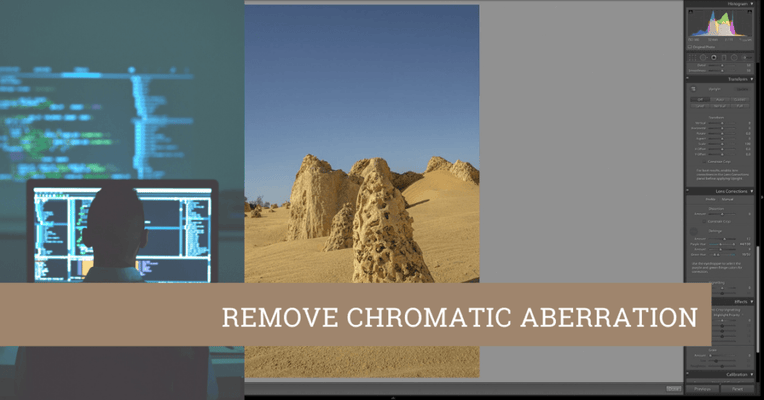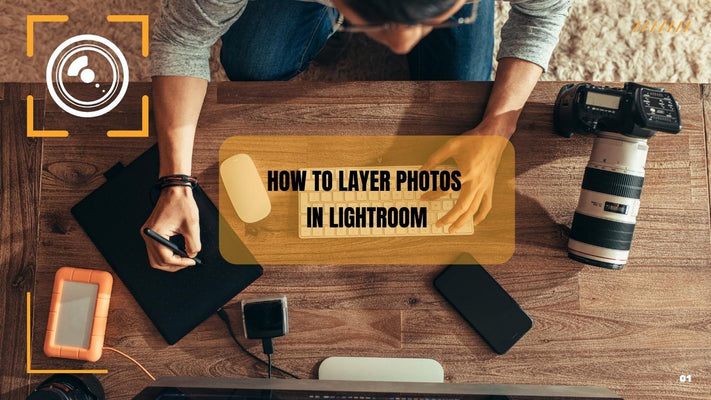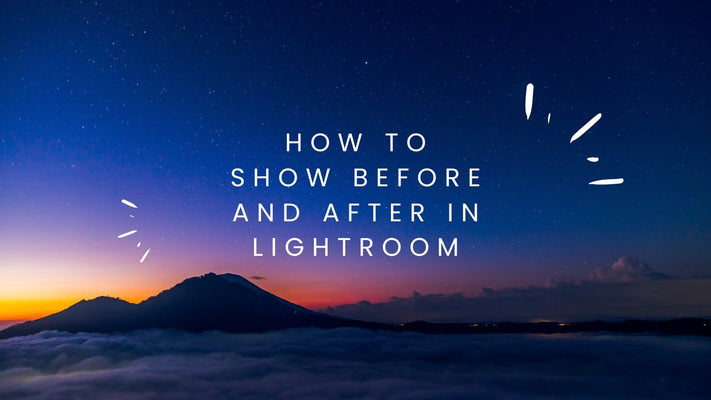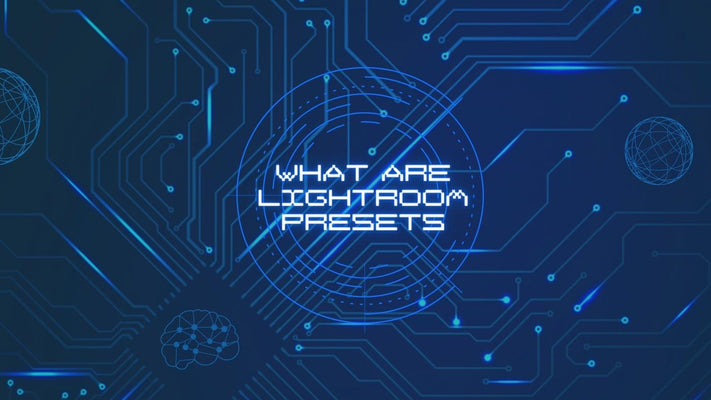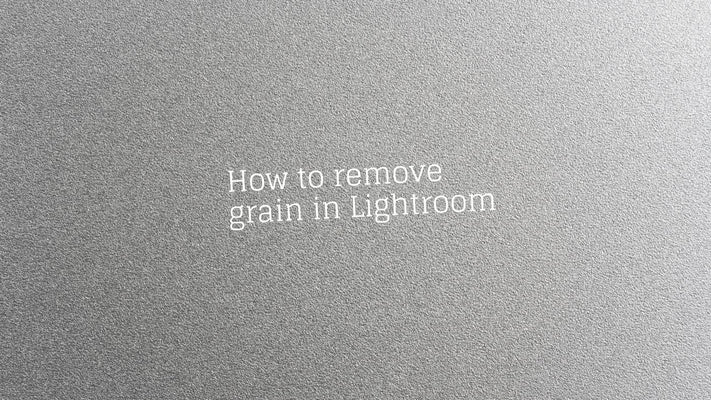How to fix harsh sunlight in Lightroom?
How to Fix Harsh Sunlight in Lightroom: An In-Depth Guide
Harsh sunlight can be a photographer's worst nightmare. It can cause overexposure, blown-out highlights, lack of detail, and hard shadows in your photos. Thankfully, with Adobe Lightroom, you have the tools to counteract these issues. In this detailed guide, we will discuss how to fix harsh sunlight in Lightroom.
Step 1: Import Your Photo
First, open Lightroom and import the photo you wish to edit. Click on the "Library" module, select "Import," and navigate to the location of your photo on your device.
Step 2: Navigate to the Develop Module
Once your photo is imported, switch to the "Develop" module by clicking on it from the top right corner or by pressing the 'D' key. This is where all the photo editing magic happens.
Step 3: Start with Basic Adjustments
Under the Basic panel, start by reducing the "Highlights" slider. This helps recover detail from the overly bright areas. You can also increase the "Shadows" slider to bring back details from the darker parts of the photo that might have fallen into shadow due to harsh sunlight.
Step 4: Adjust White Balance
Harsh sunlight can cause your photos to have a warm color cast. To fix this, use the "Temperature" slider under the White Balance panel. Moving it to the left makes the photo cooler, which can help balance out the warm sunlight.
Step 5: Use the Tone Curve
The Tone Curve is a powerful tool to handle harsh sunlight. Create a gentle S-curve by raising the lights and highlights and lowering the darks and shadows. This will help add contrast to your image and balance the harsh lighting.
Step 6: Utilize the HSL/Color Panel
In the HSL (Hue, Saturation, Luminance) panel, you can further correct colors affected by harsh sunlight. Maybe the sunlight has overly saturated certain colors, or you want to adjust the luminance of specific color channels to fix areas of overexposure.
Step 7: Local Adjustments
Sometimes, global adjustments might not be enough, especially when dealing with harsh sunlight. That's when local adjustment tools like the Graduated Filter, Radial Filter, or Adjustment Brush come in handy. For instance, you might use the Graduated Filter to reduce exposure and highlights in the sky area.
Step 8: Noise Reduction and Sharpening
Making big adjustments to shadows and highlights may introduce noise. In the Detail panel, you can use the Noise Reduction feature to minimize this. Also, consider using the Sharpening tool to bring back any details that might have been softened through the noise reduction process.
Step 9: Final Touches
Under the Effects panel, consider adding a little post-crop vignetting. This can help draw the viewer's attention towards the center of the frame and away from any areas still showing the effects of harsh sunlight.
Step 10: Export Your Edited Image
Once you're satisfied with your edits, it's time to export your image. Click on "File," then "Export." Choose your desired settings, then click on "Export" to save the image to your device.
Conclusion
With these steps, you should be able to significantly improve photos taken in harsh sunlight. Adobe Lightroom provides a wide array of tools for fixing exposure issues, balancing colors, and mitigating the effects of hard shadows and highlights. As with any photo editing process, the key is to practice and experiment with different adjustments to achieve your desired results.


